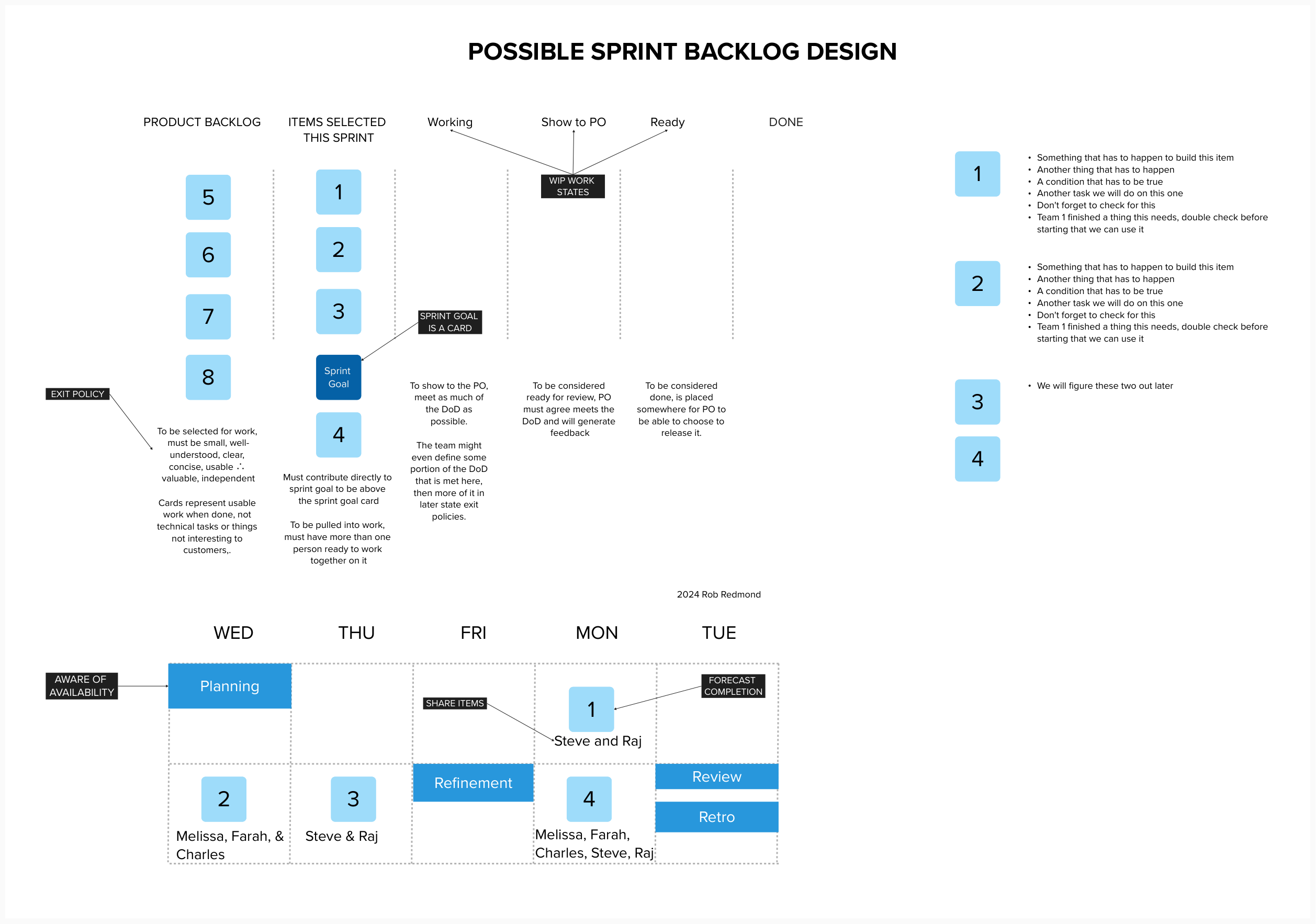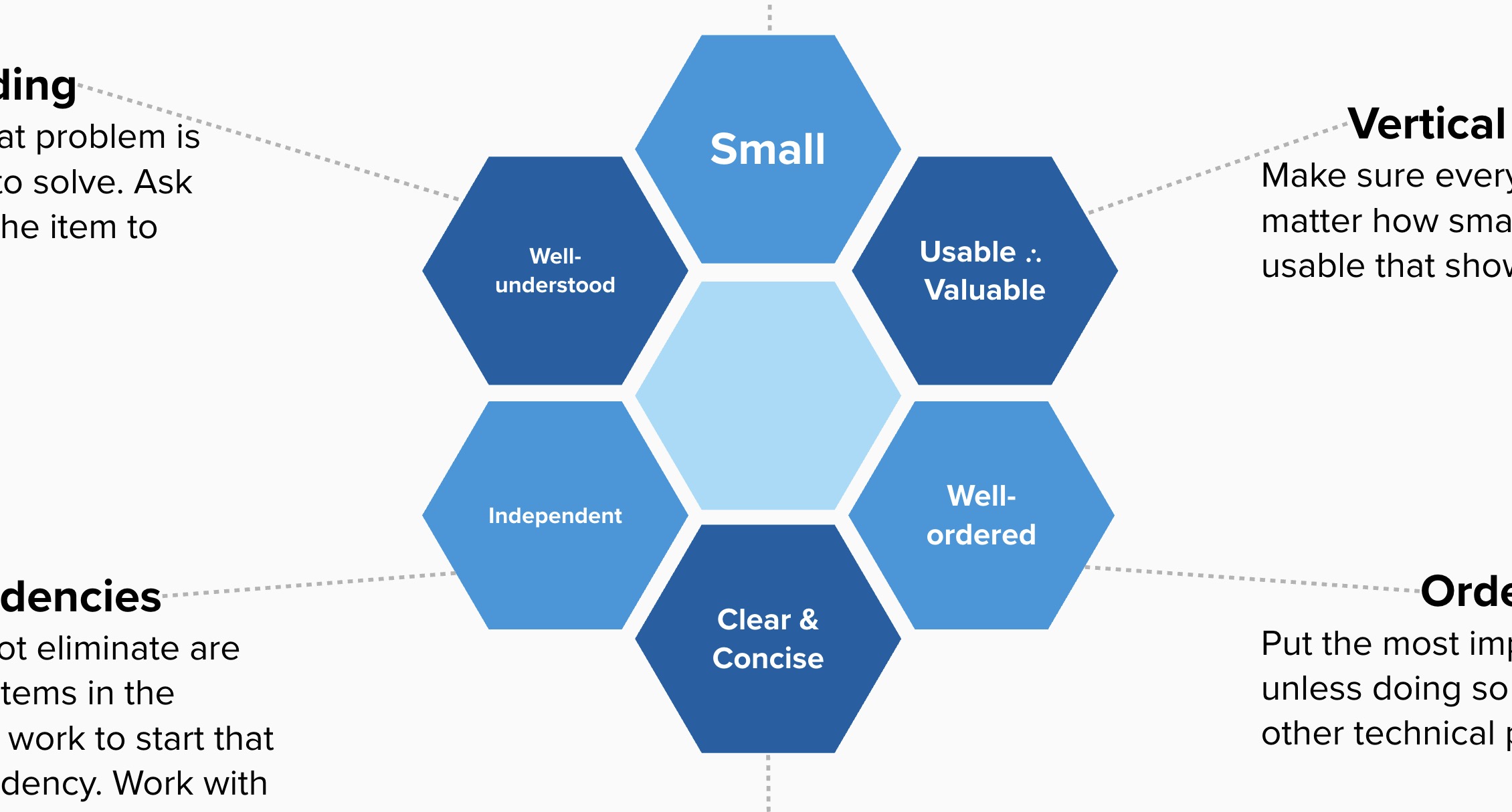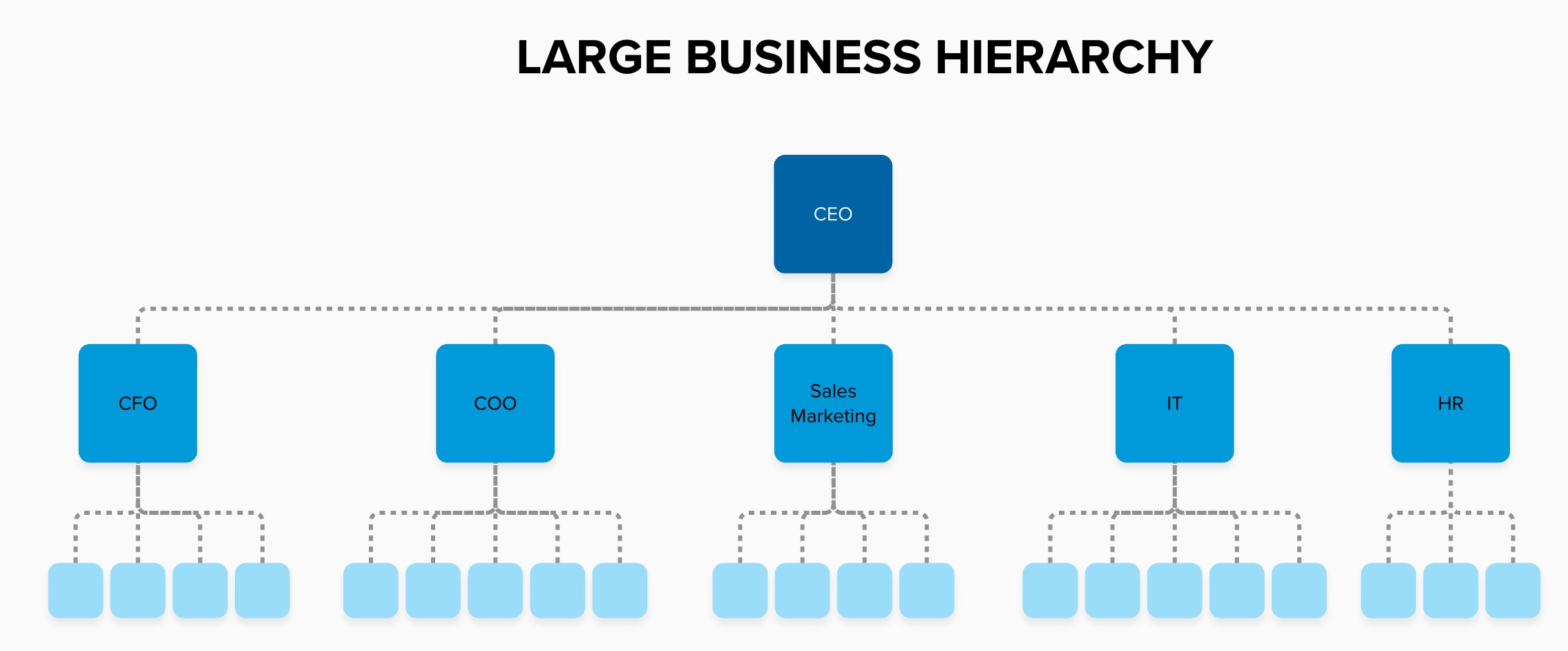-

Measures & Metrics
•
The words measure and metric are used interchangeably in business, however, they are not the same thing. A measure is a quantification, while a metric is description of a measure. This is not mere semantics. Knowing the difference is helpful, because you need both measures and metrics to determine the…
-

A Possible Sprint Backlog
•
The output of Sprint Planning is the 2nd artifact of Scrum: the Sprint Backlog. The Sprint Backlog: Many Scrum teams struggle with what a Spring Backlog should look like. Because Scrum is a framework, no template is provided. Scrum’s rules are silent on what the backlog looks like in detail.…
-

Scrum Master Confidence vs Awareness
•
There’s an emotional roller coaster to ride when you decide to learn deeply. Scrum Masters all seem to follow the same path, but most get stuck along the way. Don’t get stuck! Keep learning, and push through. Learn to be the expert that helps people learn to solve their own…
-

Product Backlog Refinement
•
Here’s an infographic with some suggestions for product backlog refinement. YMMV and as always, the team decides, the SM does not dictate and neither do I. Use what works. Note: I have never been a fan of INVEST (Independent, negotiable, valuable, estimable, small, and testable). Everything is negotiable. I am…
-

Size Product Backlog Items with DRIPS
•
The Scrum Guide mentions that the developers are responsible for sizing work. Most teams and Scrum Masters interpret that to mean estimating work by assigning it a size. But the Scrum Guide is referring to making work the right size so that it can be completed in a sprint. The…
-

Small Batch Size
•
One of the lessons that we have learned from manufacturing and assembly is that the larger the size of a job, the longer it takes to process. The relationship between the size of the work item and the length of time it takes is exponential, not linear. If you want…
-

Interviewing
•
Hiring well can be 90% of the battle of management success. But traditional interviews often fail to accurately assess the most important factor: whether a candidate can truly perform the job. My perspective on interviewing challenges the conventional wisdom, suggesting a shift towards practical auditions over abstract questions. Why Interviewing…
-

Network and Hierarchy
•
When a group of people start a new business, they work in a powerful, agile team. They probably don’t even know that they are structured in an agile way. But they are. What makes a start up so powerful, and how can a larger organization or a division of a…


KANBAN
Kanban Fundamentals
Four Dimensions of Status in Kanban
The Power of Cycle Time
How to Improve Cycle Time
Scrum or Kanban
How to take over any Organization with Kanban
Item Aging
Flow, Lead, and Cycle Time
Kanban Your Backlog
LEAN
Limits on WIP Limits
Small Batch Size
Do Nothing Which is of No Use
Continuous Improvement
Increase Capacity by Reducing Rework
Fast, Cheap, or Good – Pick One
PROJECT MANAGEMENT
